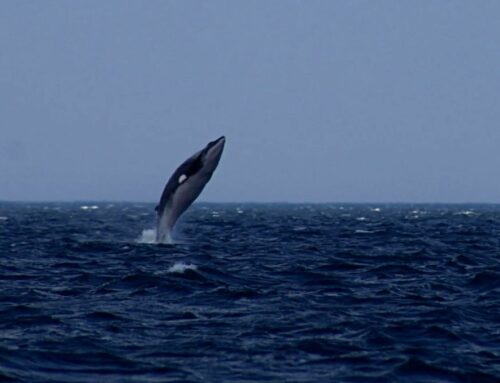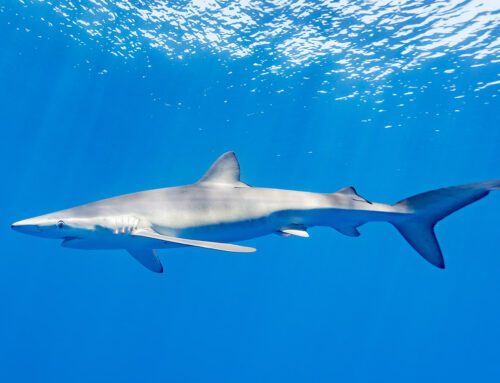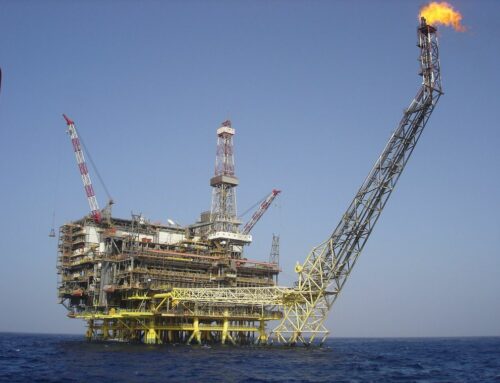20th of April, 2010: The offshore oil rig “Deepwater Horizon” explodes, causing vast oil pollution in the Gulf of Mexico. April 2016: New research findings reveal long-term consequences for marine wildlife, such as the bottlenose dolphins, in the Gulf of Mexico.
Over the three months following the Deepwater Horizon’s explosion, every day several million liters of oil poured into the Gulf of Mexico. In addition, several million liters of chemicals were used to disperse the oil. We all know the images of the immediate consequences: oil-stained pelicans and sea turtles, fish and shrimp with no eyes or with other severe malformations, destroyed seabird colonies.
Teams of scientists now tried to also determine the oil spill’s long-term consequences for dolphins. In the years following the oil spill much more dolphins than usual were found dead on the beaches of Louisiana, Alabama and Mississippi, having died shortly before or after birth (perinatal). 88% of these baby dolphins had malformed or collapsed lungs, indicating that they died already in the womb. Research also showed greatly increased rates of pneumonia and uterine infections with certain bacteria.
This high perinatal mortality probably results from the gravely deteriorated state of health of dolphin females, as compared to reference dolphins in an area of the Gulf of Mexico not affected by the oil pollution. The researchers identified rare, life-threatening, and chronic adrenal gland and lung diseases that are consistent with exposure to petroleum compounds as seen in other mammals.
“While BP, the petroleum company responsible for this environmental disaster, has to pay billions of dollars in compensations, the long-term damage cannot be quantified in terms of money – much too large are the adverse effects and the animal suffering caused,” says Nicolas Entrup, consultant for Ocean Care and NRDC.
The research findings once again emphasize the need to phase out the production and combustion of petroleum. Humanity’s fastest possible transition into a “post-fossil age” is particularly necessary to achieve the Paris goal of limiting global warming to less than 2°C.
“In contrast, the first mapping of underwater noise in the Mediterranean Sea recently showed that oil and gas exploration has been massively increasing over the past years. This is definitely the wrong way. We urgently need an energy transition that lives up to its name,” concludes Sigrid Lüber, President of Ocean Care.
And we must not forget that for marine mammals the “oil disaster” does not begin with oil leaking into the environment, but already with the search for hydrocarbon resources, which employs up to 40 unimaginably loud sound cannons at a time to send their explosive sound through the entire water column and deep into the seabed every 10 to 15 seconds for weeks or even months. Read more about underwater noise caused by petroleum exploration and its impacts on whales and dolphins at silentoceans.com.
Photo: NASA; oil slick off the coasts of Louisiana, Alabama und Mississippi on the 24th of May 2010
Research publications:
Colegrove, K., et al., 2016: Fetal distress and in utero pneumonia in perinatal dolphins during the Northern Gulf of Mexico unusual mortality event. Dis Aquat Org 119: 1–16, 2016
Venn-Watson S, et al., 2015: Adrenal Gland and Lung Lesions in Gulf of Mexico Common Bottlenose Dolphins (Tursiops truncatus) Found Dead following the Deepwater Horizon Oil Spill. PLoS ONE 10(5): e0126538. doi:10.1371/journal.pone.0126538







